Since 2012, we have established a complete process and standards for terracotta jar production. At the same time, in terms of quality standard execution, we implement full process quality standard testing, from material testing, to batch sampling testing in the production process, to final product testing, ultimately achieving safe delivery of orders.
Choose Natural Clay
Our terracotta jars begin with clay sourced from premium natural deposits. To ensure quality, each batch undergoes a rigorous process: aging, refining, and filtration.
-
Ingredients
- Mix various raw materials in proportion.
-
Mud training
- Thoroughly eliminate air, increase mud density and uniformity, greatly improve plasticity and drying strength.
-
Aging
- The purpose is to make the water distribution more uniform, promote the fermentation and decomposition of organic matter, and further improve the performance of the mud material.
-
Filtering
- The purpose is to remove all coarse particles, impurities, and air from the mud, ultimately obtaining a fine, pure, and consistent moisture content mud material.
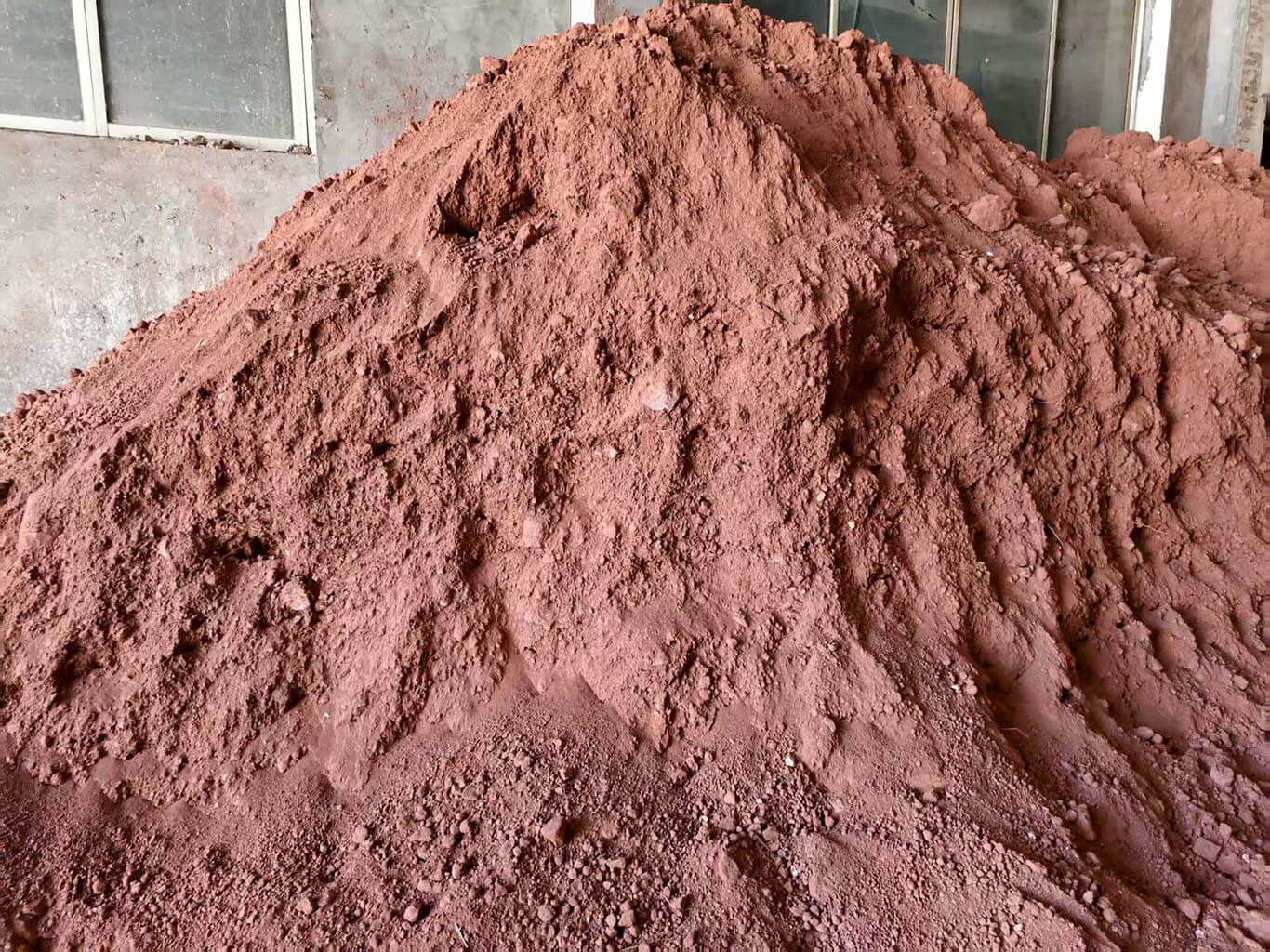
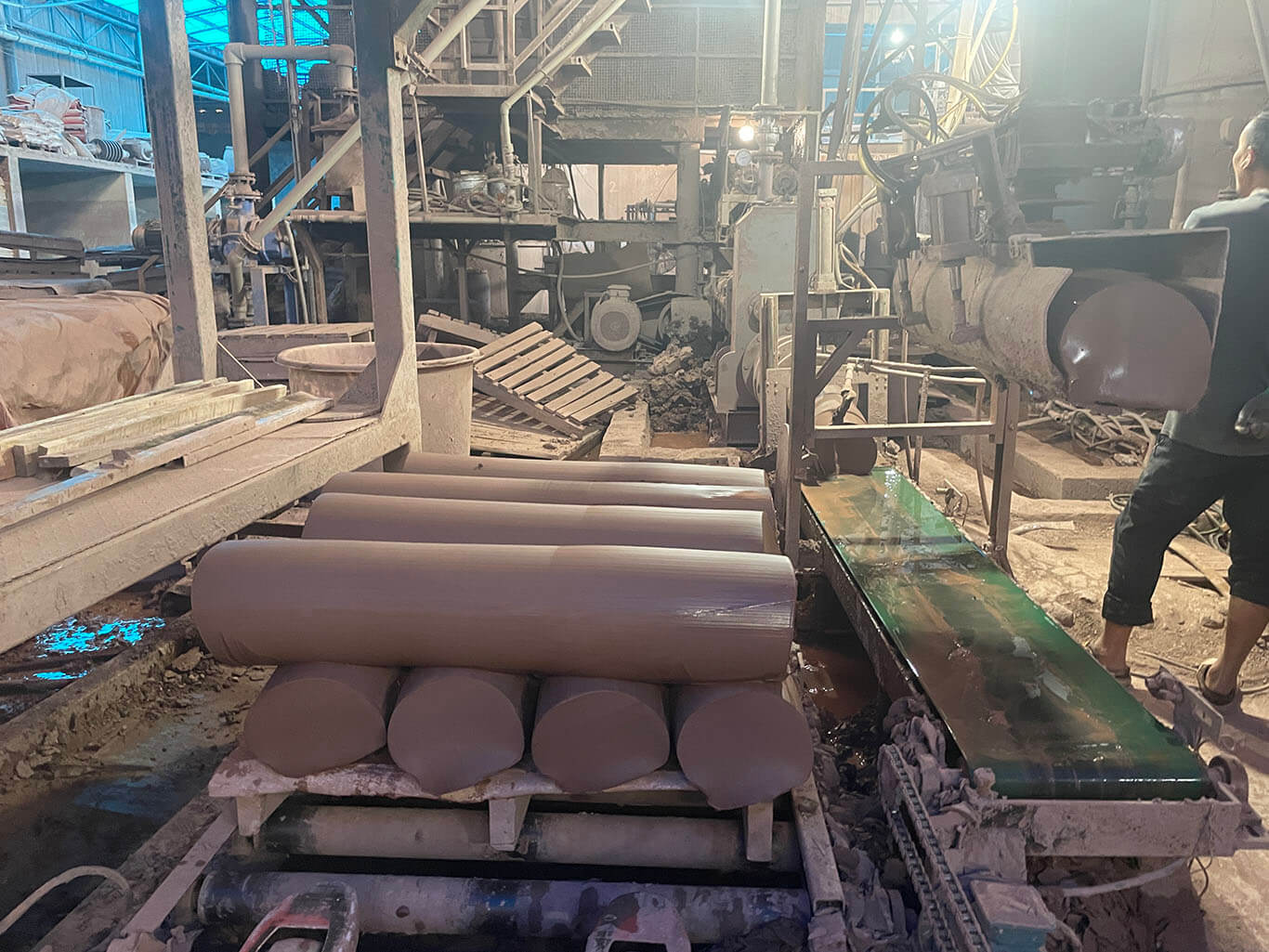
Forming
This is the third step of our manufacturing process.For large and irregular Terracotta jars, we use the handmade method, which is also the oldest traditional Terracotta making technique. Specifically divided into the following steps:
-
Practicing clay and aging
- The clay is repeatedly kneaded to remove air and increase density. It is then aged to evenly distribute moisture for uniformity.
-
Clay strip construction
- Craftsmen form the jar wall using coiled clay strips on a spinning base, then smooth and compact each layer to blend the joints.
-
Patting and trimming
- On a rotating base, the craftsman builds the jar’s walls with coiled clay strips, seamlessly blending each layer as they form.
-
Surface treatment
- Use tools such as scrapers and shells to flatten the surface, making it smooth or leaving hand marks
Process characteristics:
- Uniform wall thickness.
- Dense mud material.
- Coherent integrity.
- Controllable drying.
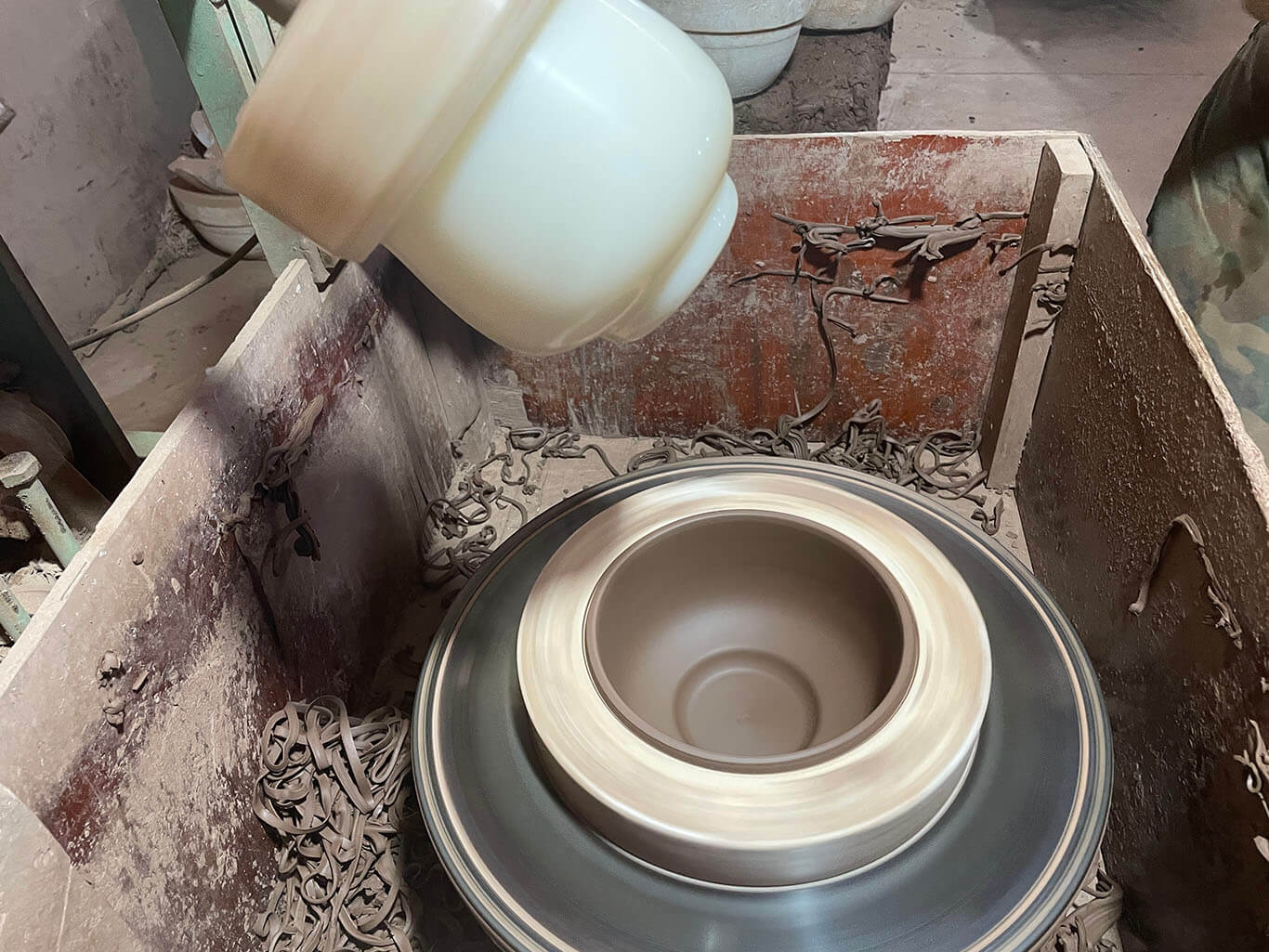
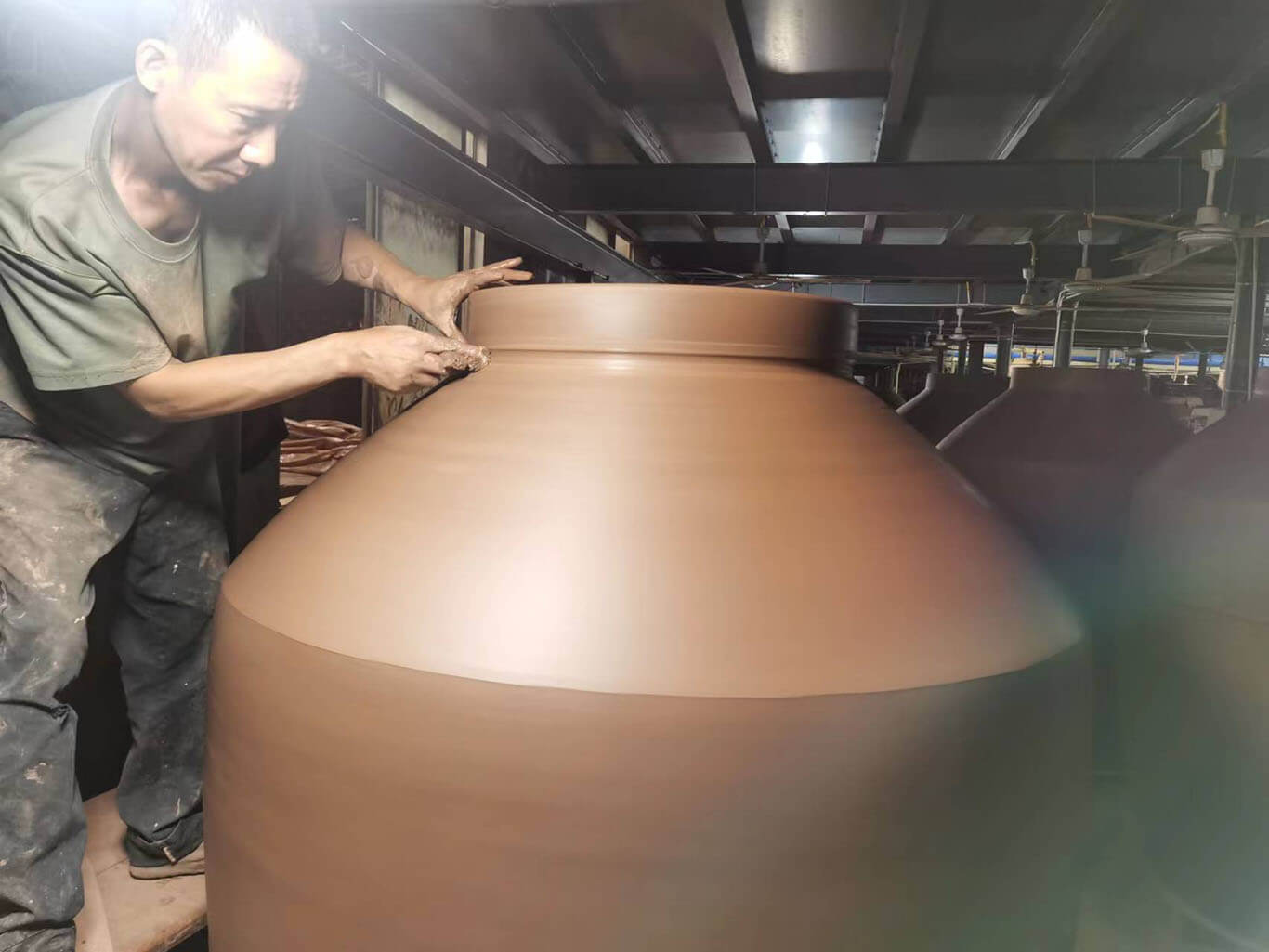
Embryo Repair
After forming, each terracotta pot undergoes meticulous manual refinement. This fourth step enhances both its aesthetic detail and structural integrity, ensuring a perfect foundation for what follows.
Clay Throwing Process Features :
- Artificial intervention for embryo defects.
- Improve the overall quality of terracotta pot.
- Inheritance of Pottery Culture.
Tools used
bow shaped steel knife, deer skin scraper, sponge cone
Glazing
Glazing strengthens, beautifies, and seals terracotta. A glassy coating is fired at 1200°C, melting into a smooth, colored surface that is both impermeable and breathable.
-
Cleaning preparation
- The craftsman uses a soft sponge to remove all dust and impurities from the burnt surface, ensuring the quality of the final Terracotta jar.
-
Glaze preparation
- Mix glaze powder with water in proportion, stir evenly, and finally prepare a glaze slurry with moderate concentration.
-
Spray glaze
- The glaze slurry is atomized by an automatic spray glaze machine and sprayed onto the surface of the damaged object.
-
Drying and Cleaning
- After glazing, let the body stand and wait for the glaze layer to completely dry before using tools to clean any defects.
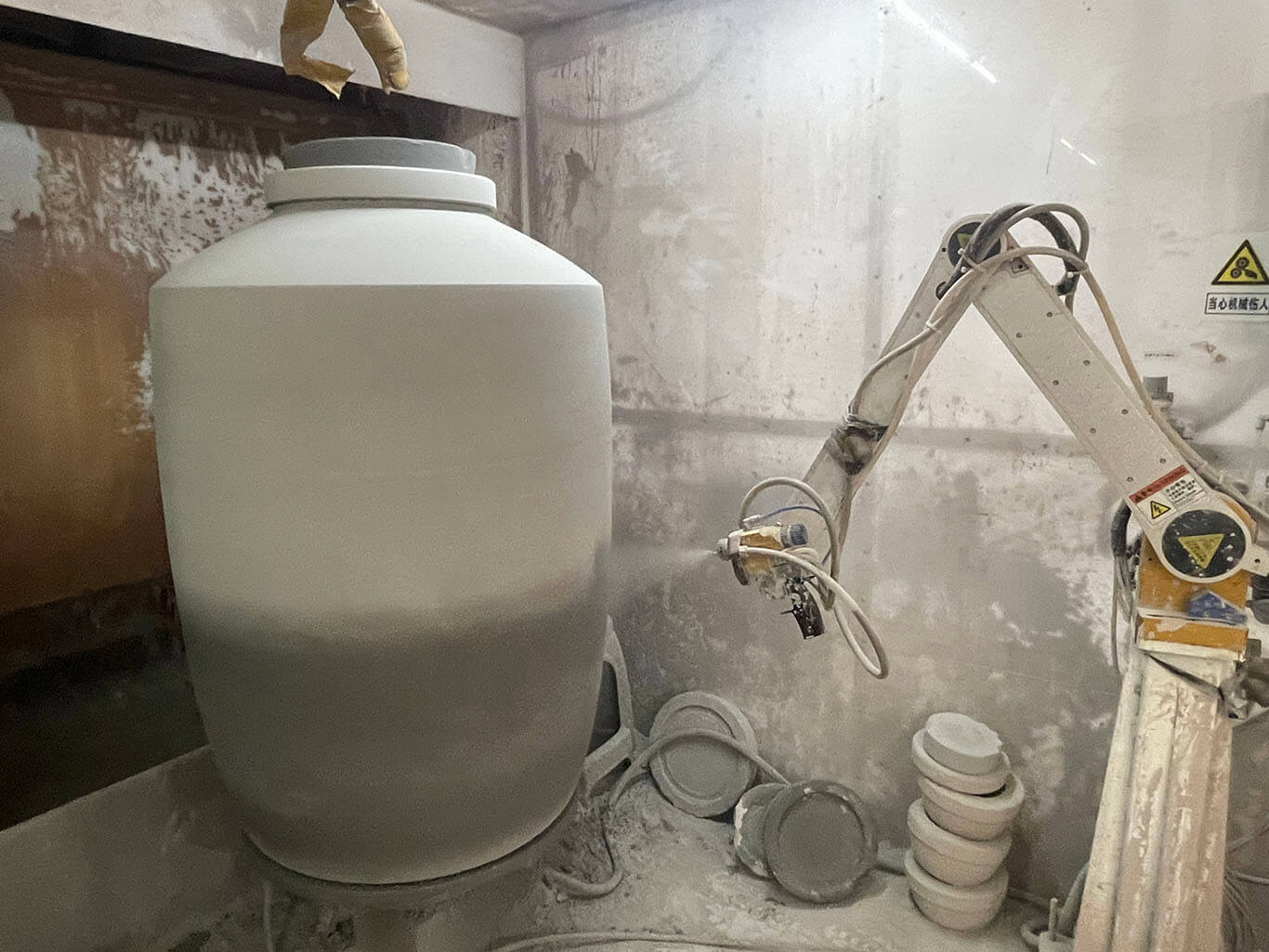
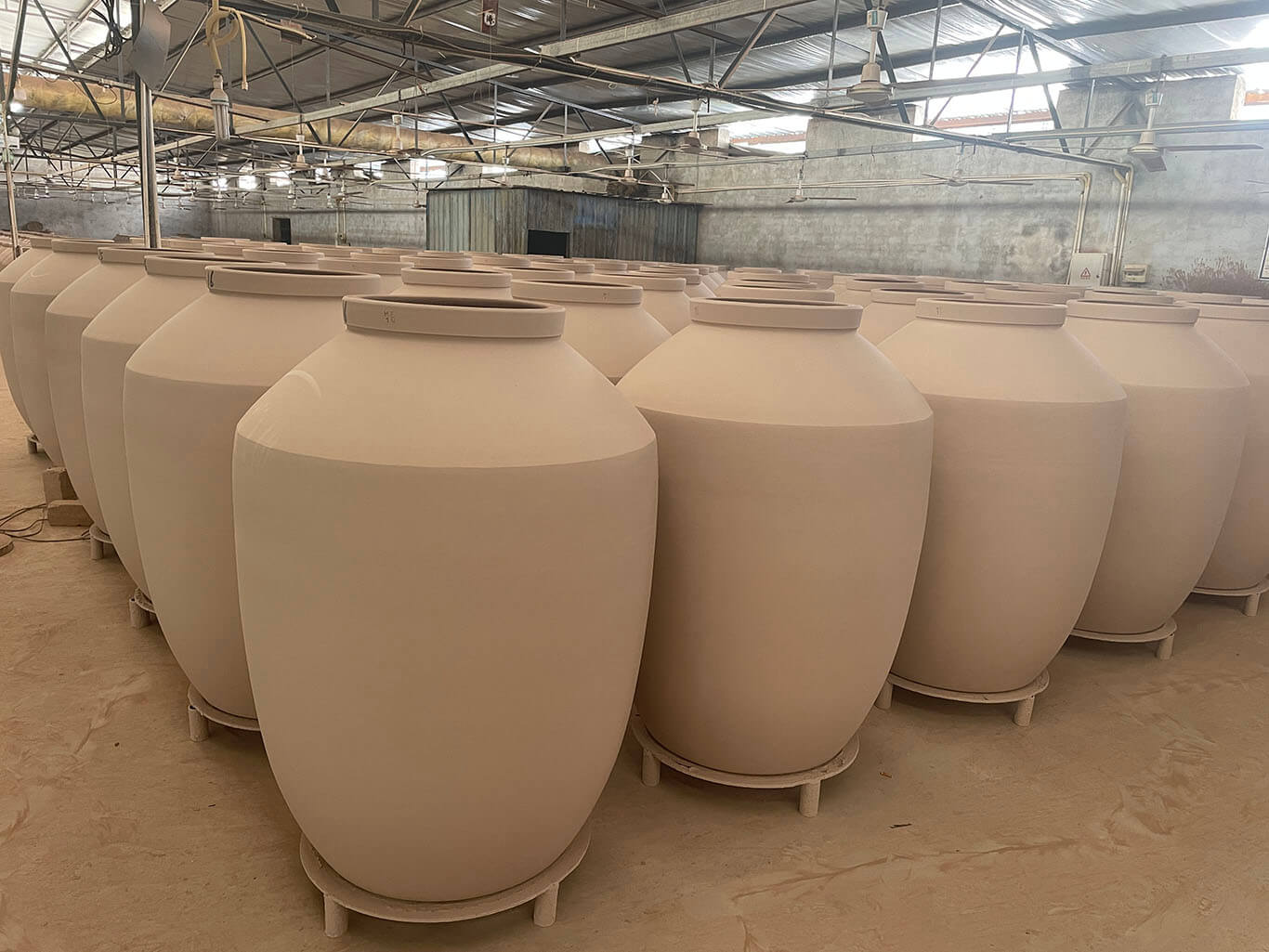
Drying
Natural drying occurs in two stages: initial and overall. This carefully controlled physical process allows moisture within the damaged body to evaporate evenly and gradually under ambient conditions. The drying method ultimately determines both the yield and performance of the terracotta jar. Specific steps and process characteristics are outlined below:
Process steps:
1. Initial drying stage (removal of mechanically bound water)
Process stage: This stage is divided into two process stages: natural drying and drying.
Process features: uniform dehydration to prevent deformation and cracking
2. Overall drying stage (removing residual moisture)
Specific steps: flipping and natural drying in the shade, with the aim of thoroughly drying and preparing for firing
Key control: Thoroughly dry residual tires, ensure stable burning process, prevent tire blowouts, and ensure yield rate
Firing
The firing process is a precision-controlled transformation, vital to terracotta quality. We monitor it in real-time with intelligent kiln controls, adhering strictly to temperature curves to guarantee yield and consistency. Its features include:
- Clear stages and temperature curves
- Control of kiln atmosphere
- Gas tunnel kiln firing
- Irreversibility of shrinkage and deformation
- Determine the final performance.
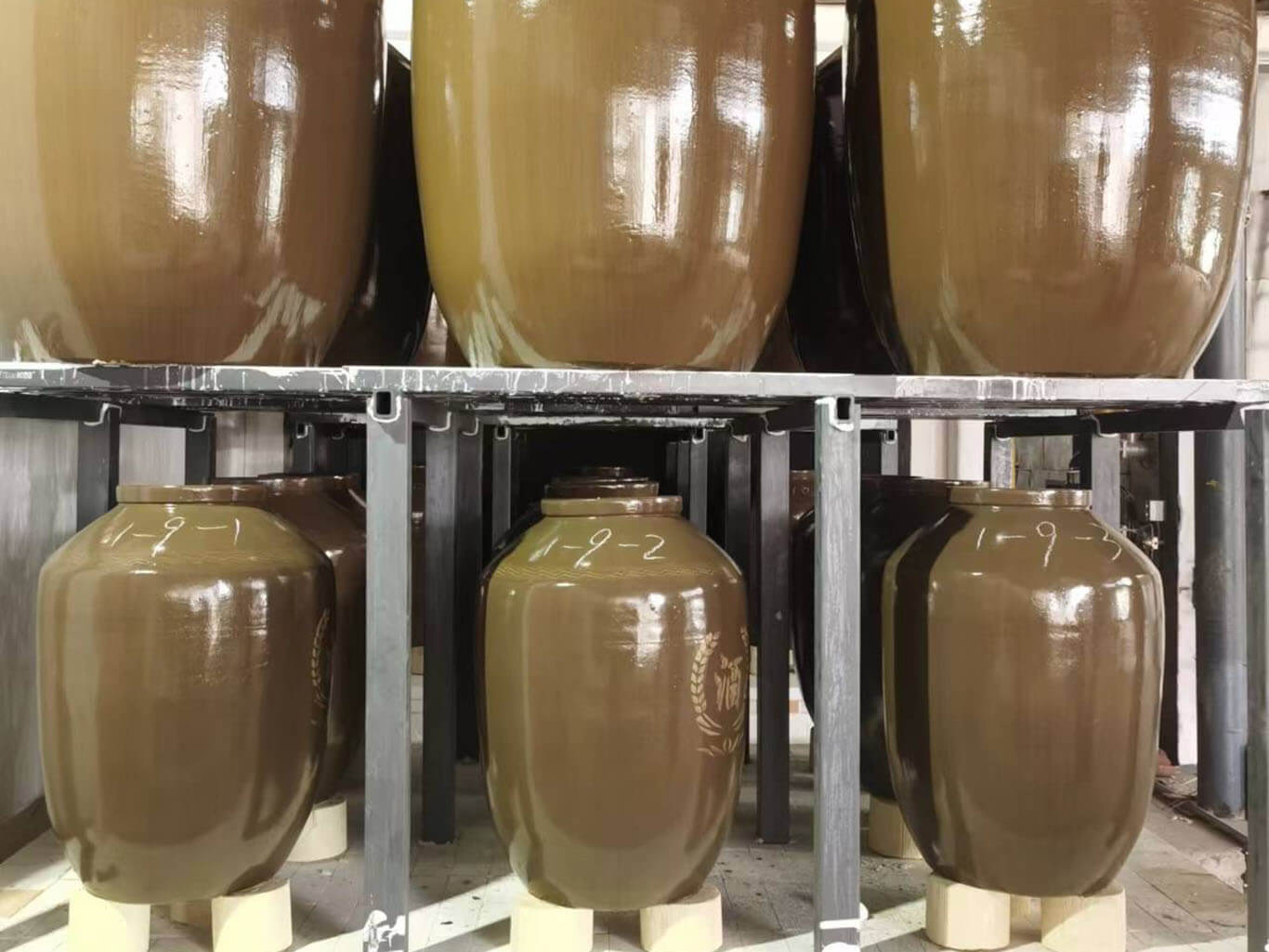
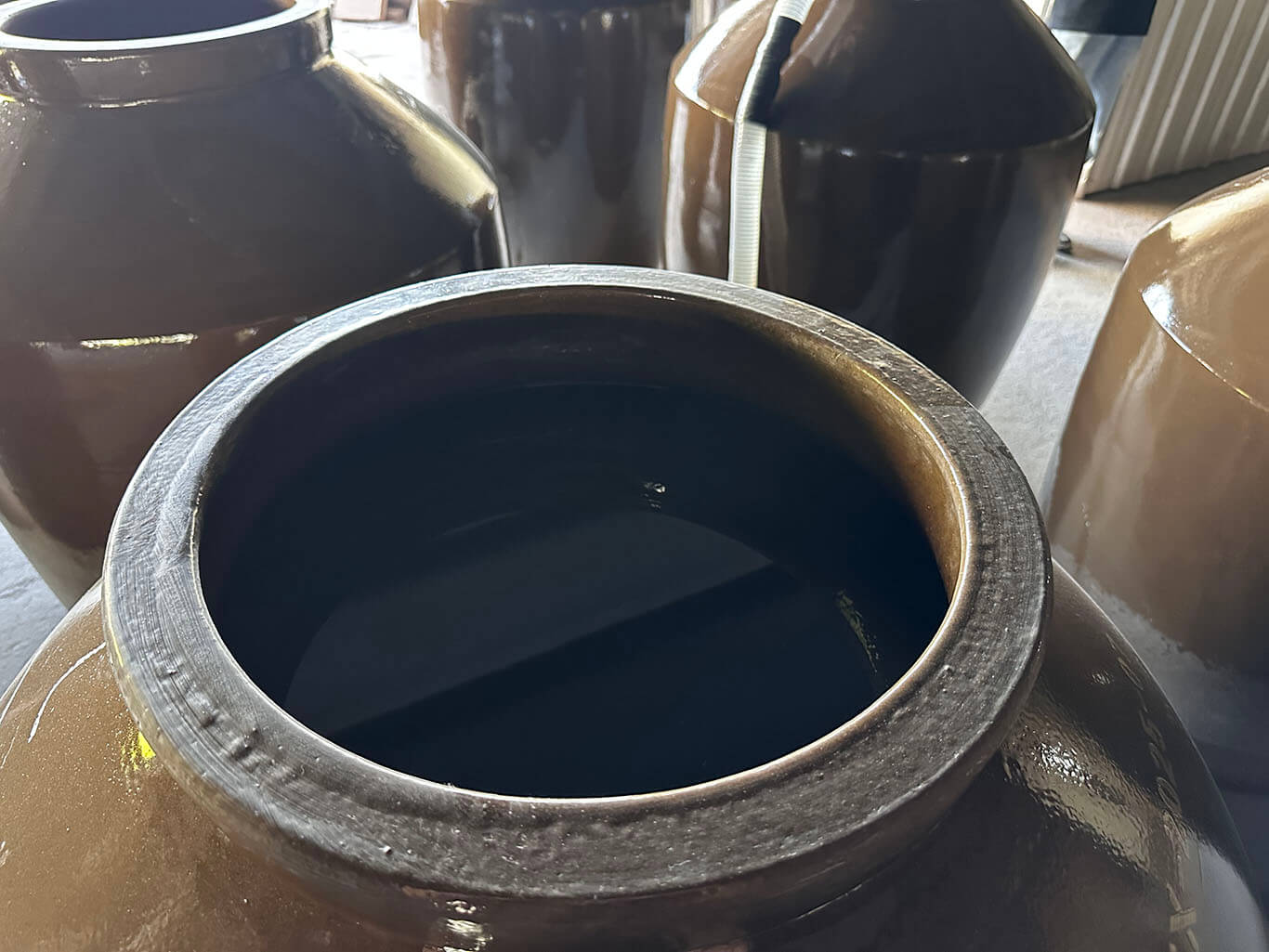
Inspecting
The craftsmen inspect the finished terracotta jars one by one after they leave the kiln, mainly through several stages such as appearance, sound, and full water testing, as follows(the last step of our manufacturing process):
-
Appearance
- quaint and elegant, delicate and clear Terracotta, rich color, lustrous glaze;
-
Sound
- The tapping sound is loud, crisp, and has pleasant aftertaste;
-
Terracotta jar full water test
- Good breathability, no leakage after long-term use, and strong support.